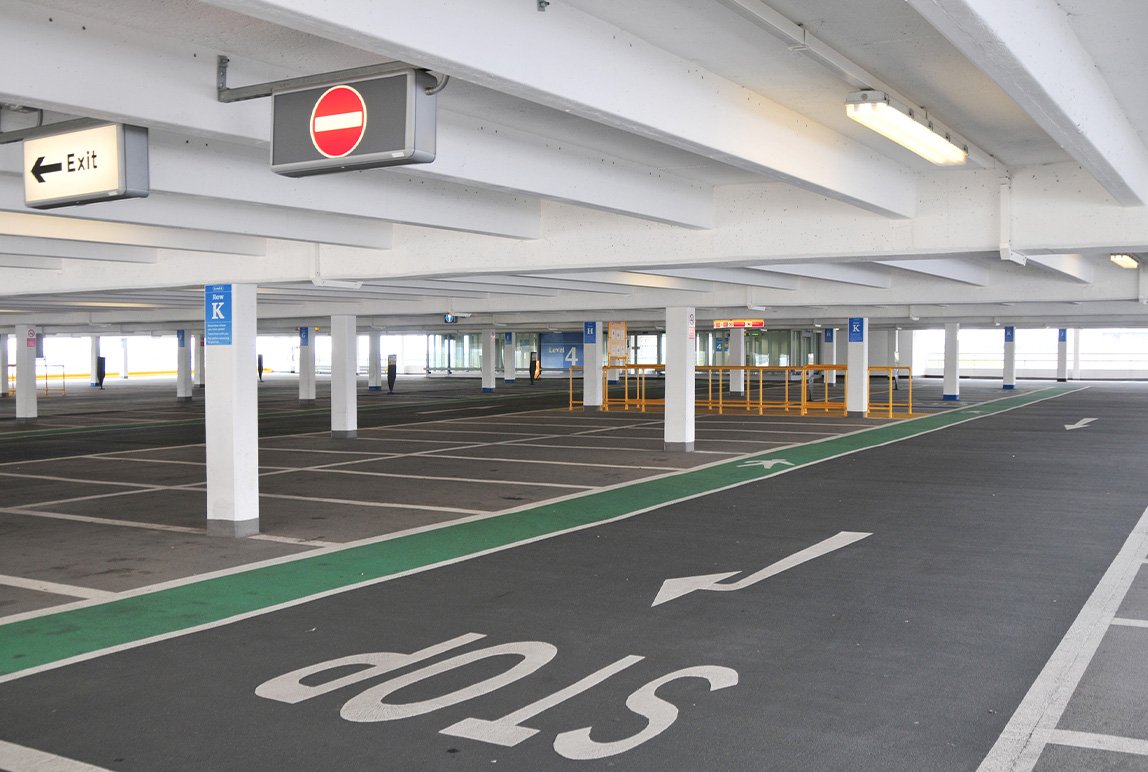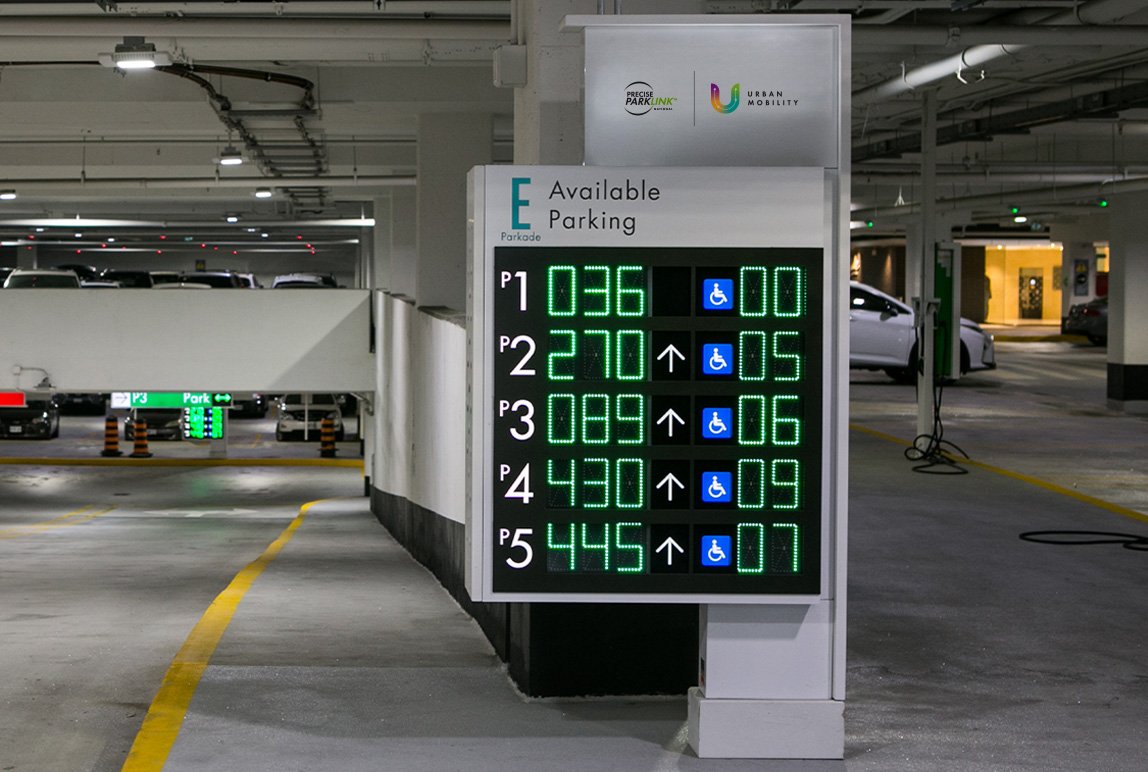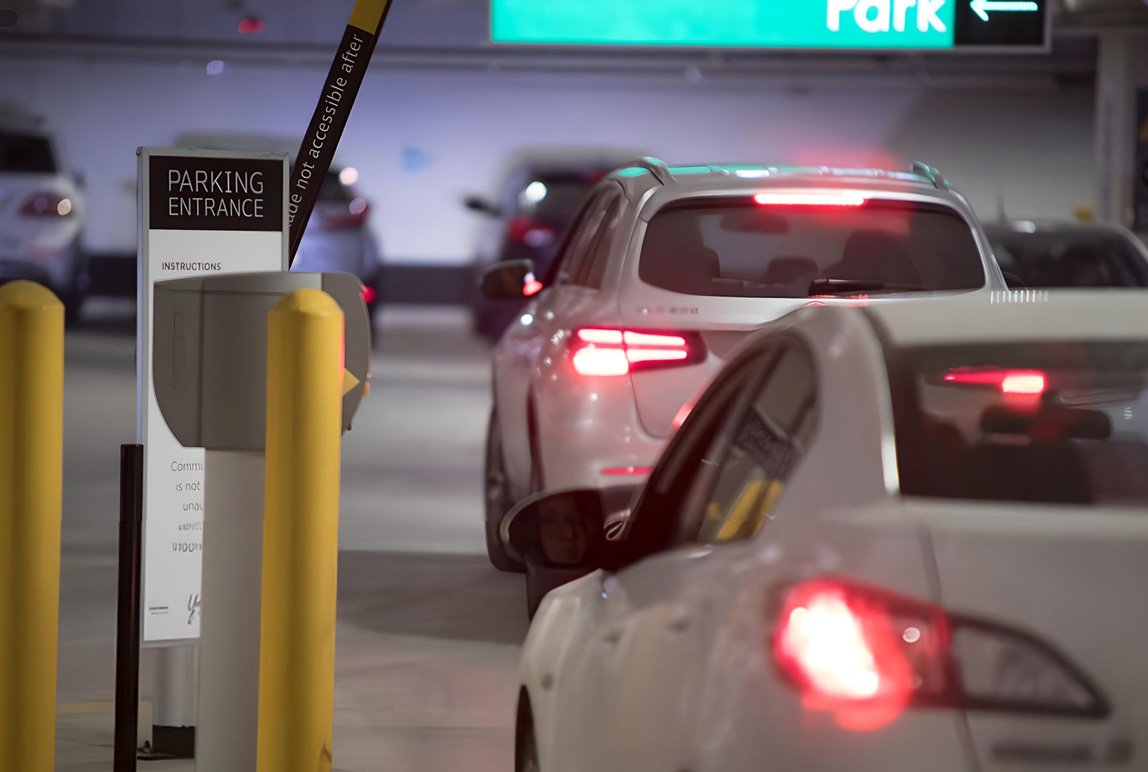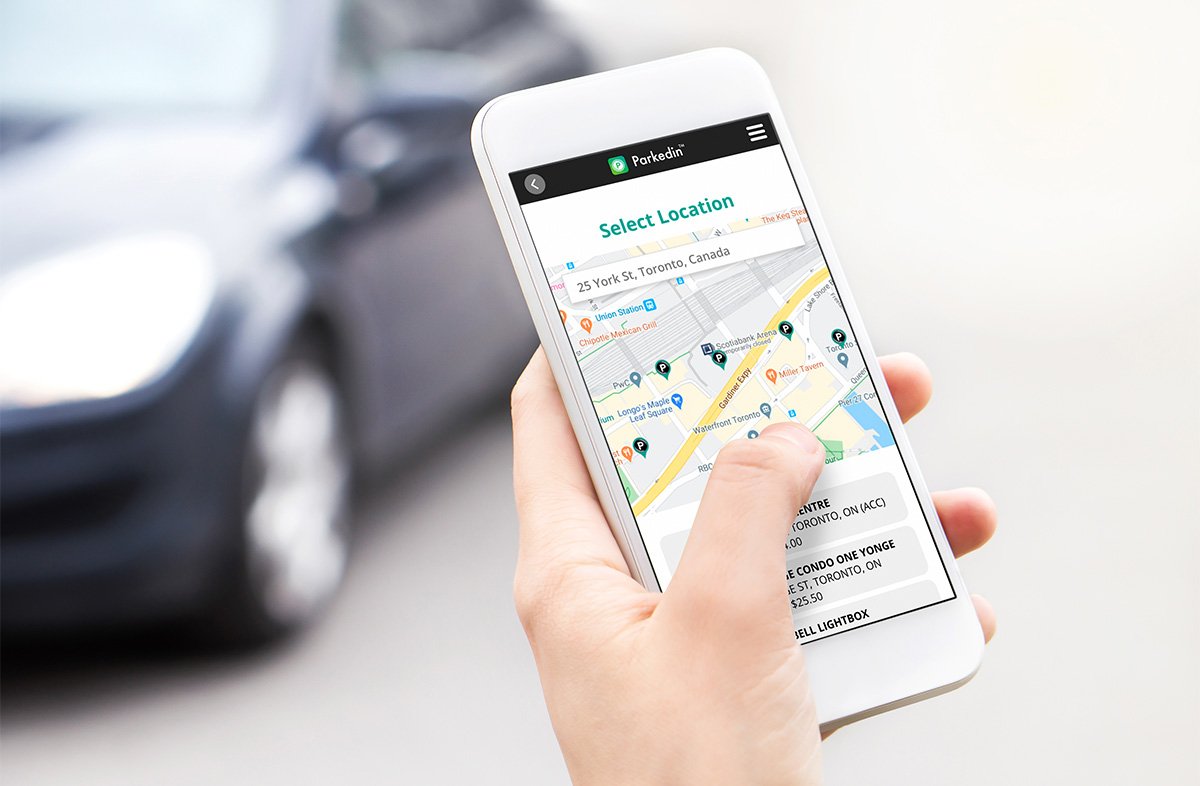Everything You Need to Know about Accessible Signage for Your Parking Facility
Posted: Nov, 21, 2023 9:56AM ET • 5 min read
Canadian parking facilities are not exempt from the importance of providing accessible signage for individuals with disabilities. Accessible signage is not merely a matter of convenience, but a legal obligation in Canada. By understanding and complying with the rules and regulations concerning accessible signage, parking facility operators can contribute to a more inclusive and equal society.
The Regulatory Landscape
Accessible parking in Canada falls under the jurisdiction of The Accessible Canada Act (Bill C-81). Additionally, individual provinces and cities have their accessibility acts, such as the Accessibility for Ontarians with Disabilities Act (AODA) in Ontario and the British Columbia Accessibility Act (Bill M 219) in British Columbia. Each region may have specific requirements and guidelines, so it is essential to research and ensure compliance with local regulations to make your parking facility barrier-free.
Before determining the number of accessible signage to be installed at your parking facility, several critical criteria should be considered:
Parking Facility Type: Whether you manage an on-street or off-street operation can influence the regulations governing the number of required accessible signs. Under the Accessibility for Ontarians with Disabilities Act, a standard parking space with a minimum width of 2,400 millimeters (mm) needs to display the International Symbol of Accessibility sign, while parking space with a minimum width of 3,400 mm must provide additional signage that identifies the space as “van accessible”.
Size of the Parking Facility: The size of your facility dictates the allocation of parking spaces for accessibility, which affects the number of required accessible parking signs.
Number of Accessible Parking Spots: The total number of accessible signs needed depends on the number of accessible parking spots at your facility. For example, under the Accessibility Design Guidelines of Coty of Toronto, if two accessible parking spaces are adjacent, one accessible parking sign must be displayed in the area.
Best Practices for Accessible Signage:
To ensure compliance and enhance accessibility, you should follow best practices for accessible signage:
Use the International Symbol of Accessibility: Accessible parking spaces should prominently feature the International Symbol of Accessibility, a universally recognized icon denoting accessibility. This symbol, often referred to as the "wheelchair symbol," includes an image of a person in a wheelchair on a blue background. This visual cue instantly communicates the purpose of the parking space, ensuring that it is reserved for individuals with disabilities. This symbol must be used on all accessible parking signs to communicate clearly and consistently.
Sign Size for Visibility: Enhancing the visibility of accessible permit parking signs ensures that individuals can easily locate and identify these spaces. While local regulations typically specify the minimum size requirements for these signs, using signs larger than the minimum requirements is often advisable. For instance, the Highway Traffic Act may mandate signs at least 300 mm wide by 450 mm high. However, using larger signs, when possible, can be highly beneficial, as they are more noticeable and easier to read. Larger signs help ensure parking spaces reserved for individuals with disabilities are readily identifiable, even from a distance.
Optimal Sign Location: The location of accessible permit parking signs is crucial in making them easily accessible and visible to everyone. The signs should be mounted at an optimal height to ensure they are both visible and usable. To achieve this:
The center of the accessible permit parking sign should be positioned between 1,500 mm and 2,000 mm (approximately 5 to 6.5 feet) from the ground. This placement allows for easy readability from various angles and distances.
It is essential to avoid placing post-mounted signs with their lowest edge below 2,100 mm (approximately 7 feet) in areas where pedestrians walk. Signs that hang too low can pose overhead hazards, potentially leading to accidents or obstructions for taller individuals or those using mobility aids.
Accessible signage is a legal requirement and a fundamental aspect of promoting inclusivity and equal access in Canadian parking facilities. Adhering to regulations and best practices ensures everyone, including individuals with disabilities, can enjoy accessible parking spaces.
References
Accessible parking. ADA National Network. (2023, November 16). https://adata.org/factsheet/parking
A guide to ADA compliance in Canada. ADA Solutions - Tactile Warning Surfaces. (2023, October 17). https://adatile.com/a-guide-to-ada-compliance-in-canada/
City of toronto accessibility design guidelines. City of Toronto. (n.d.). https://www.toronto.ca/wp-content/uploads/2017/08/8fcf-accessibility_design_guidelines.pdf
Highway Traffic Act R.R.O. 1990, REGULATION 581 ACCESSIBLE PARKING FOR PERSONS WITH DISABILITIES. Ontario.ca. (2018, November 19). https://www.ontario.ca/laws/regulation/900581
Signage for Accessible Parking. GTAA Illustrated Technical Guide to the Design of Public Spaces. (n.d.). https://gaates.org/DOPS/section_2_6_4.php#:~:text=Requirements%20for%20the%20Design%20of%20Accessible%20Parking%20Signage&text=Each%20accessible%20parking%20space%20must,under%20the%20Highway%20Traffic%20Act.
Share Article:
Featured Articles
ABOUT THE AUTHOR
Heath Tse
Manager, Signs & Graphics Production
Heath manages a team of in-house digital print shop specialists at Precise ParkLink who provide end-to-end services for the design and coordination of graphics, signage, and wayfinding packages for parking facilities across Canada. Heath joined Precise ParkLink in 2011 after completing Bachelor of Arts (Honours) with a double major concentration in New Media Studies and Studio from the University of Toronto. Heath has been demonstrating his adaptability since an early age, arriving in Canada from Hong Kong as a teen and quickly learning to adjust.
Questions?
Fill out the form below and we will do our best to connect you with a suitable contact.













